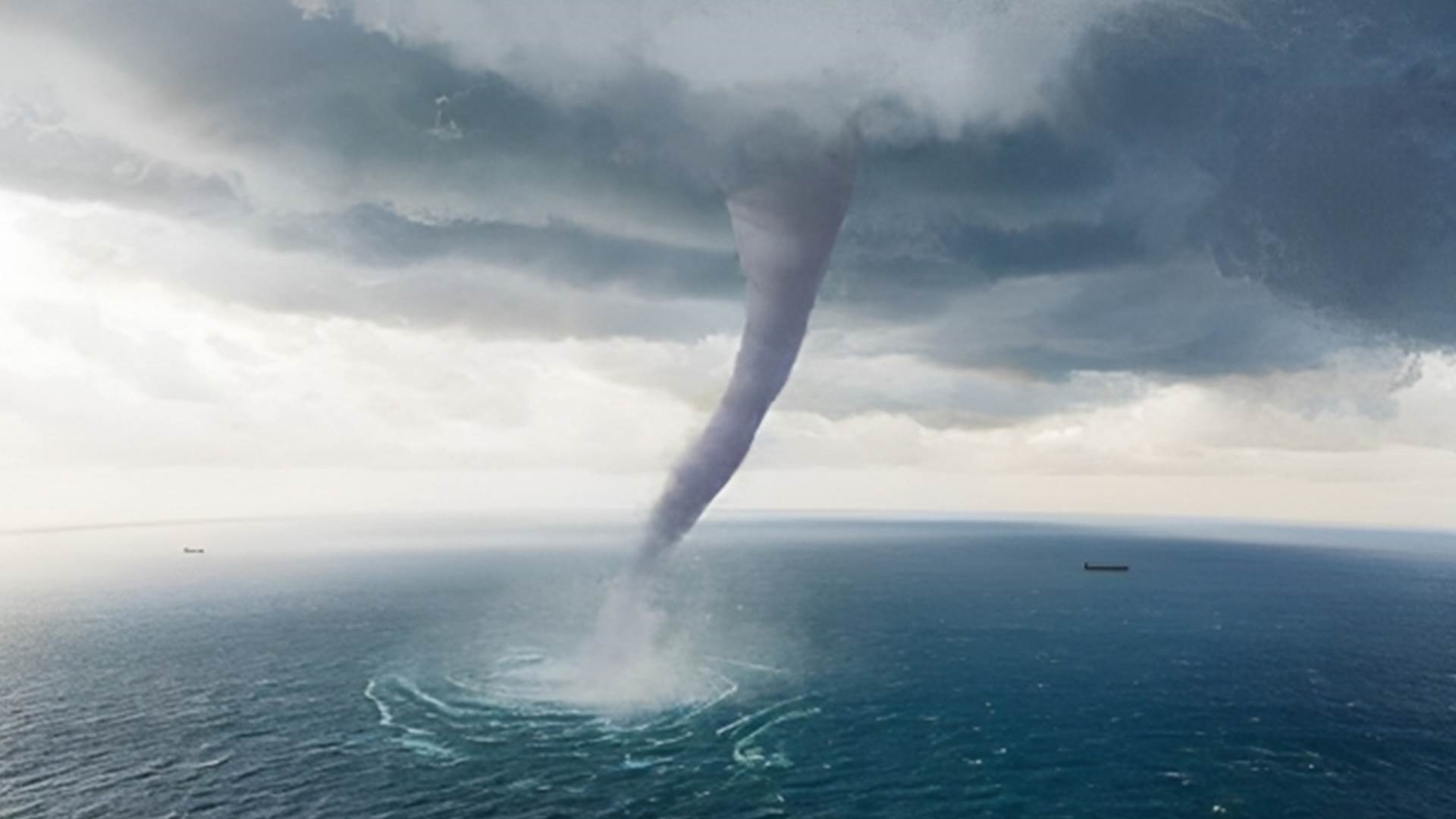El Niño Phenomenon: Urgent Action Needed to Prepare for Climate Crisis
Wegdan Mohamed

We have witnessed extreme climate fluctuations this year, leading to panic and cautious anticipation of any climate-related emergencies, especially with the return of the El Niño phenomenon.
This climate pattern, occurring every two to seven years, leads to global temperature increases. How can we prepare for this phenomenon?! This was addressed by "The Economist" in a report titled: "El Niño has begun, and we must prepare for it."
The report highlighted that not a single day passed last summer without the world facing severe weather conditions, raising concerns about what will happen as the climate temperature rises even more than what we have experienced.
According to the report, despite California's rarity in being hit by hurricanes and storms similar to those routinely striking states like Florida, Louisiana, and Texas, it was hit by the tropical storm "Hilary" on August 20 last year, which came from the south. Los Angeles also witnessed unprecedented rainfall, causing desert canyons in the state to flood.
The report pointed out that humanitarian agencies have warned about threats to food security and sanitation due to this phenomenon, alongside the spread of dangerous diseases, including malaria, dengue fever, and cholera in large parts of Africa and South America.
The warmer and more humid weather, as mentioned in the report, has fueled diseases across South America, including the worst Zika virus outbreak in 65 years.
It is expected that Southeast Asia will experience extremely hot and dry weather, and widespread fires in Indonesia can affect air quality throughout Asia.
The report explained that drought resulting from climate fluctuations has led to the lowest food production in South Africa in 20 years and sparked one of the worst forest fire waves in Indonesia ever.
Despite El Niño starting this year, it has already contributed to closing the world's largest fisheries; for example, anchovy fish escaped from Peru's coastal waters, shaking global rice markets. India was forced to impose an unprecedented ban on most of its rice exports.
Despite the negative impacts of El Niño, the report outlined some proactive steps and measures that can be taken. These include relying on advance predictions to support global infrastructure before any potential disaster occurs.
This can help direct funds to proactively improve water infrastructure or reinforce buildings in areas likely to be hit by storms, without waiting for the disaster to occur and face it. By building resilience wisely before the El Niño phenomenon occurs, it will contribute to reducing damage, leading to reduced spending on emergency aid and repairs.
The report also emphasized the increasing need for relevant local and international agencies to rely on possible predictions of any natural disasters and use them to implement proactive programs and measures before the disaster occurs. Some aid agencies already use better predictions to start planning for the future.
The report mentioned that the World Health Organization has started working with the World Meteorological Organization to successfully predict the best locations for allocating medical supplies and necessary personnel to face disasters.
It also highlighted the shortcomings facing the international financial environment for predicting and confronting risks. Only 1% of the necessary funding for disaster response has been allocated, which was collected through United Nations appeals between 2014 and 2017.
This has contributed to predicting only one in every five events to a large extent.
Estimates indicate that natural disasters caused the death of 185 million people worldwide last year, a very large number compared to those helped, which is less than 4 million people through proactive measures.
The report mentioned that many countries that will bear the brunt of the El Niño phenomenon are already suffering from pre-existing disasters, some of which are linked to previous severe droughts and floods, and others to the residual effects of Covid-19 and the significant increase in food prices due to the war in Ukraine.
The report emphasized that El Niño serves as a reminder of the difficulties in dealing with climate change; pressures come thick and fast without giving governments and communities enough time to recover from them.
It also highlighted the importance of enhancing assistance to countries unable to afford the costs of their own preparations to face climate change and natural disasters.







